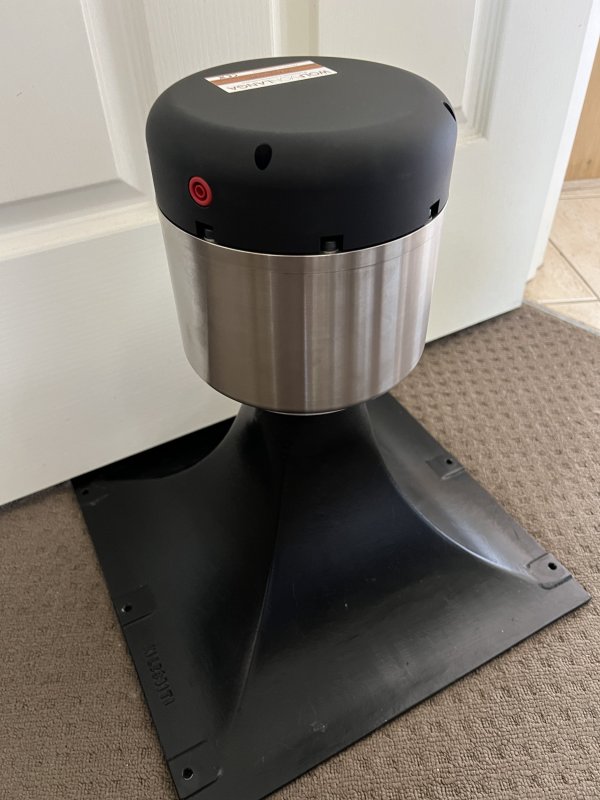Dear everyone
I'm looking for my next speaker to pair up with a single ended amplifier. It will probably by Yamamoto and Audio Antiquary (power and preamplifier respectively).
The more convenient approach is to upgrade my current Audio Note AN J/D speakers to the more efficient AN E/SPe HE (high efficient), however I'm not sure if that will be the right choice in the long run. I'd rather do a large upgrade now than upgrading slowly and in five years wanting something new.
I have read a lot about the magnificent field coil drivers by Oleg Rullit and I have also corresponded with him. There is an option of building your own speakers and a few friends of mine have encouraged me to do so, but I need to ally with the right people from the beginning since I have no experience or technical/practical knowledge when it comes to this.
A requirement is I want placement of the speaker near wall / corners and not like Open Baffle. Therefore I need recommendations on which cabinet to choose. Please can you recommend me some models or enclosures that would accompany my needs.
I have a 25 square meter listening room with almost 3 meters to the ceilings.
I'm looking for my next speaker to pair up with a single ended amplifier. It will probably by Yamamoto and Audio Antiquary (power and preamplifier respectively).
The more convenient approach is to upgrade my current Audio Note AN J/D speakers to the more efficient AN E/SPe HE (high efficient), however I'm not sure if that will be the right choice in the long run. I'd rather do a large upgrade now than upgrading slowly and in five years wanting something new.
I have read a lot about the magnificent field coil drivers by Oleg Rullit and I have also corresponded with him. There is an option of building your own speakers and a few friends of mine have encouraged me to do so, but I need to ally with the right people from the beginning since I have no experience or technical/practical knowledge when it comes to this.
A requirement is I want placement of the speaker near wall / corners and not like Open Baffle. Therefore I need recommendations on which cabinet to choose. Please can you recommend me some models or enclosures that would accompany my needs.
I have a 25 square meter listening room with almost 3 meters to the ceilings.


















